In this auspicious occasion, we are delighted to delve into the intriguing topic related to air dry clay sculpture. Let’s weave interesting information and offer fresh perspectives to the readers.
Introduction
Alright, young artist! Let’s dive into the exciting world of drawing air-dry clay sculptures. It’s a fantastic way to bring your creative visions to life, and I’m here to guide you every step of the way.
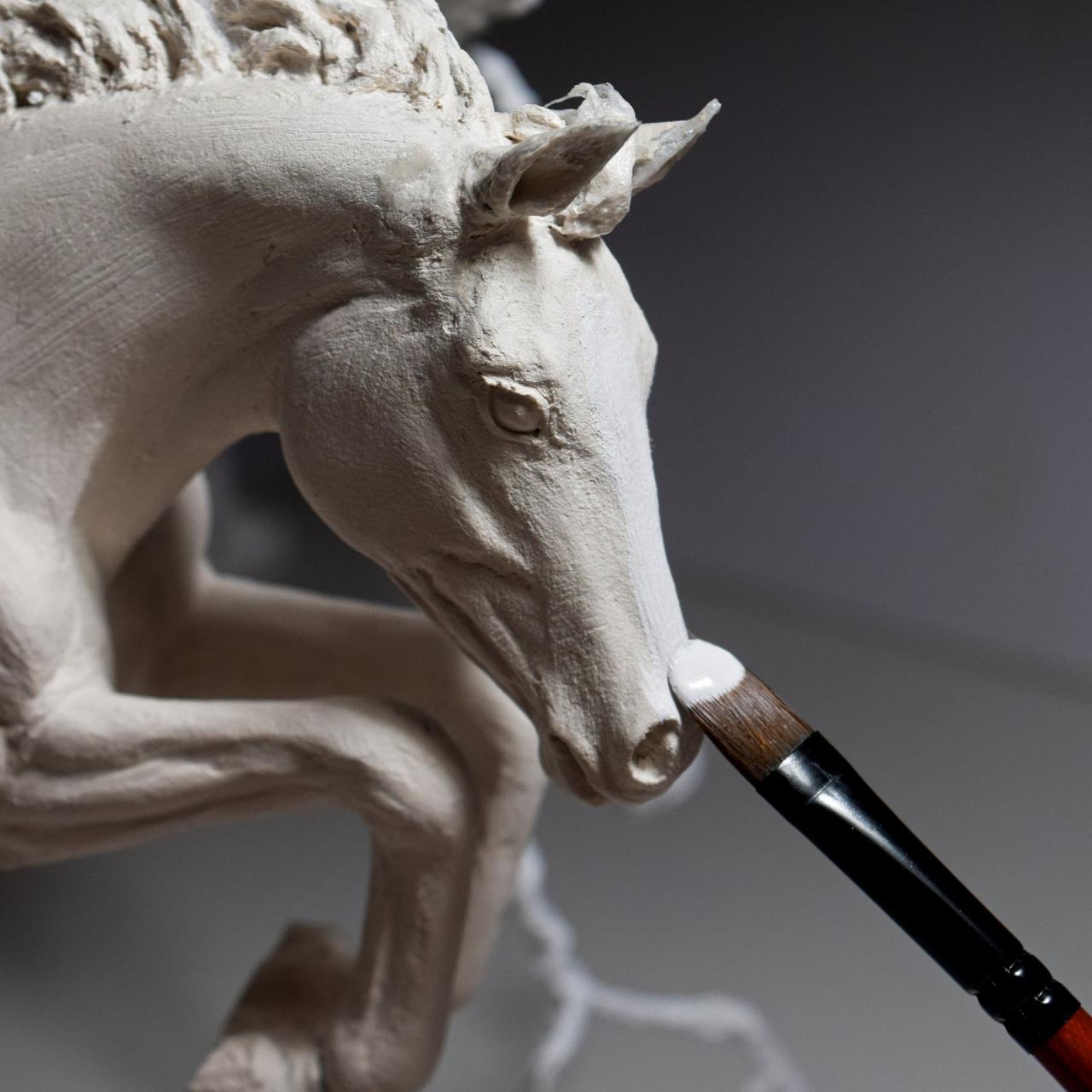
First, tell me, what kind of air-dry clay are you using? Is it a brand you’re familiar with, or are you trying something new? Knowing this will help me tailor the drawing techniques to your specific clay.
Before we start drawing, let’s talk about the benefits of drawing for sculpting. It’s not just about getting the shape right; it’s about understanding the form and how light and shadow play on it.
Here’s why drawing is your secret weapon for amazing clay sculptures:
- Visualizing Your Idea: Drawing helps you solidify your vision before you even touch the clay. You can experiment with different angles, perspectives, and details to see what works best. It’s like a blueprint for your sculpture!
- Mastering Proportions: Drawing helps you understand the proportions of your subject. You’ll learn to see how different parts of the sculpture relate to each other in size and shape.
- Understanding Form: Drawing teaches you to see objects in three dimensions. You’ll learn how light and shadow create the illusion of depth and volume, which is essential for sculpting.
- Developing Your Drawing Skills: Even if you’re not a pro artist, drawing helps you improve your hand-eye coordination and visual skills. It’s like training your brain to see and translate shapes onto paper.
- Building Confidence: Drawing can boost your confidence. It’s a great way to experiment and explore your creativity without the pressure of working with a permanent medium like clay.
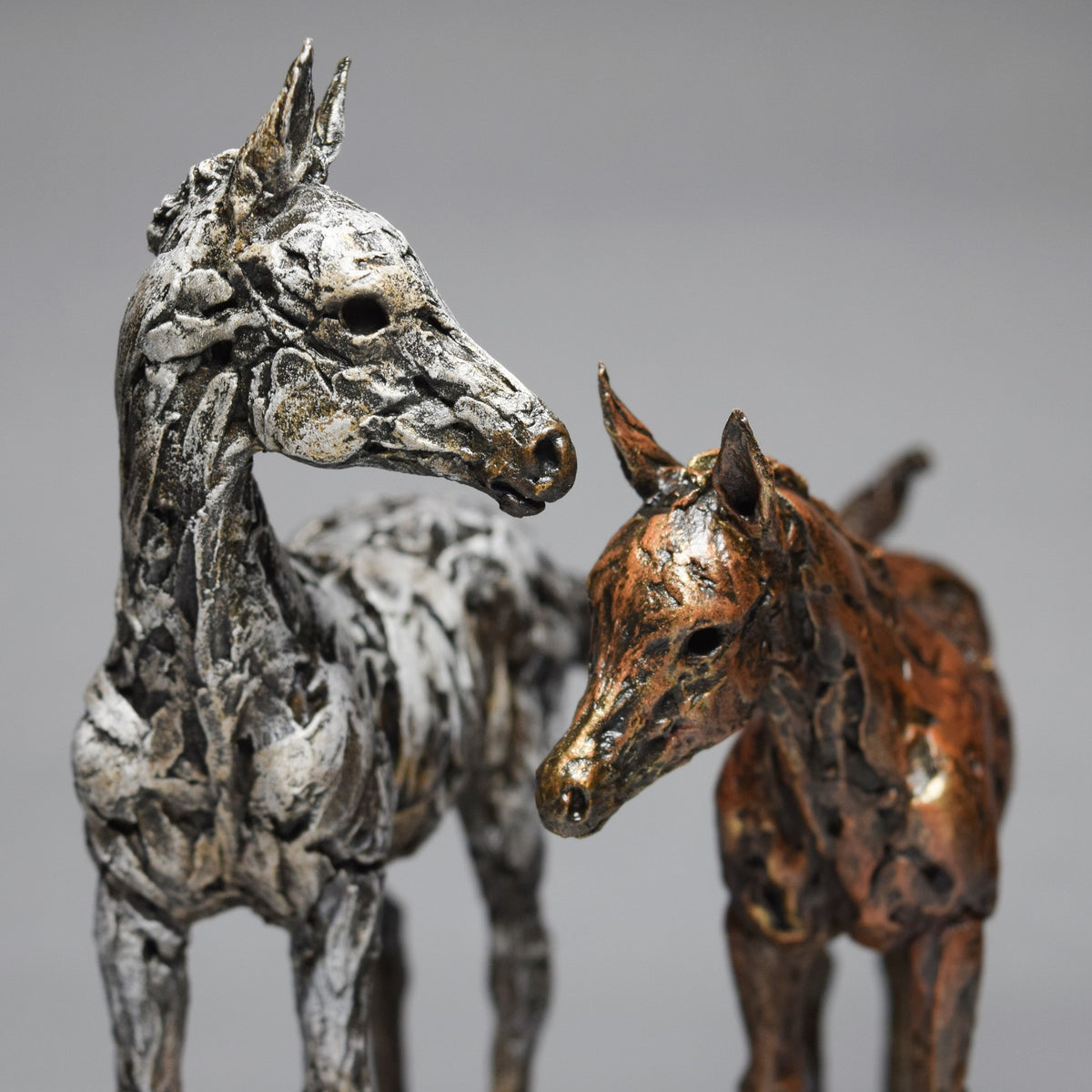
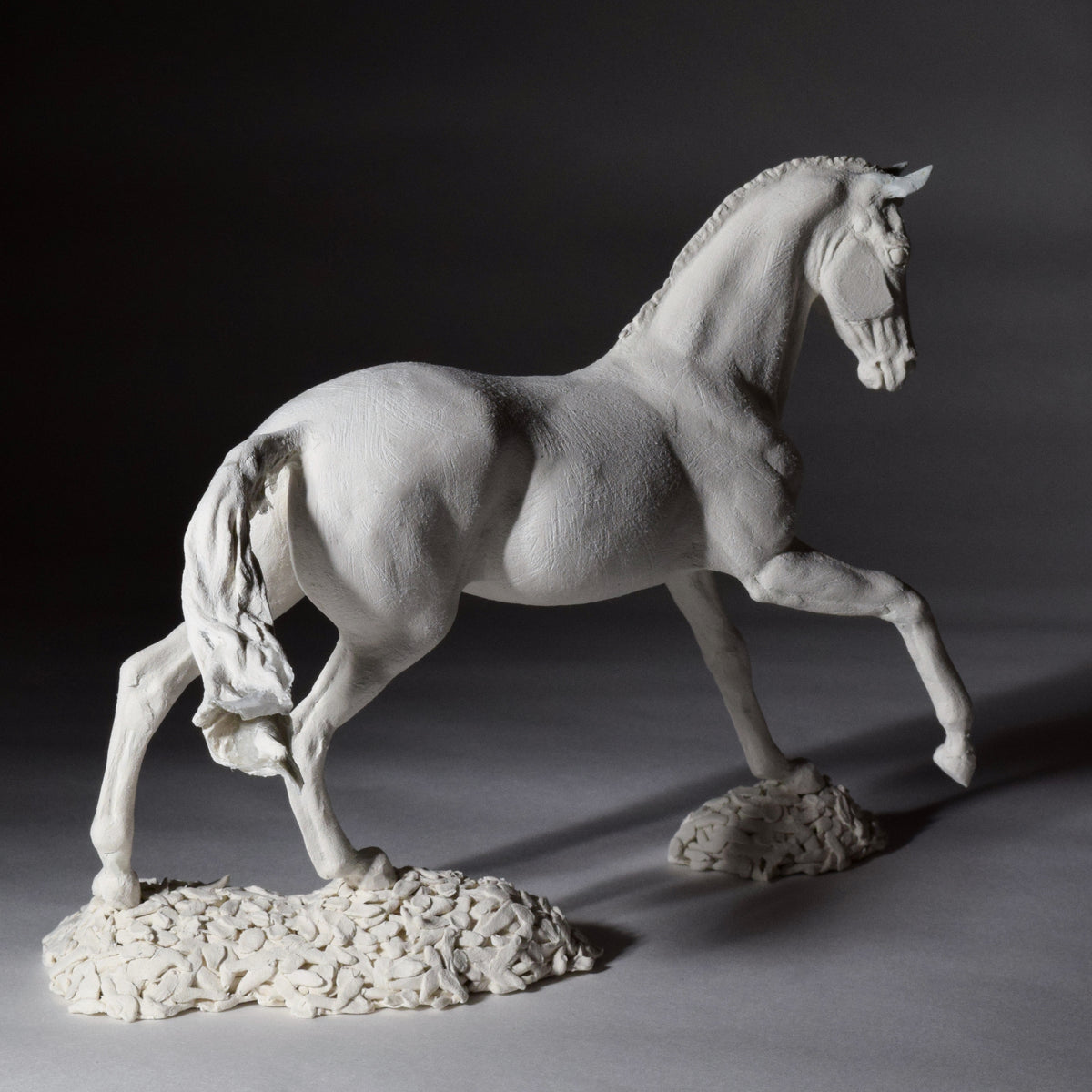
Now, let’s break down the drawing process for your air-dry clay sculpture:
1. Choosing Your Subject:
- What are you passionate about? Animals, people, objects?
- What’s the complexity level you’re comfortable with? A simple shape like a sphere or a more intricate design?
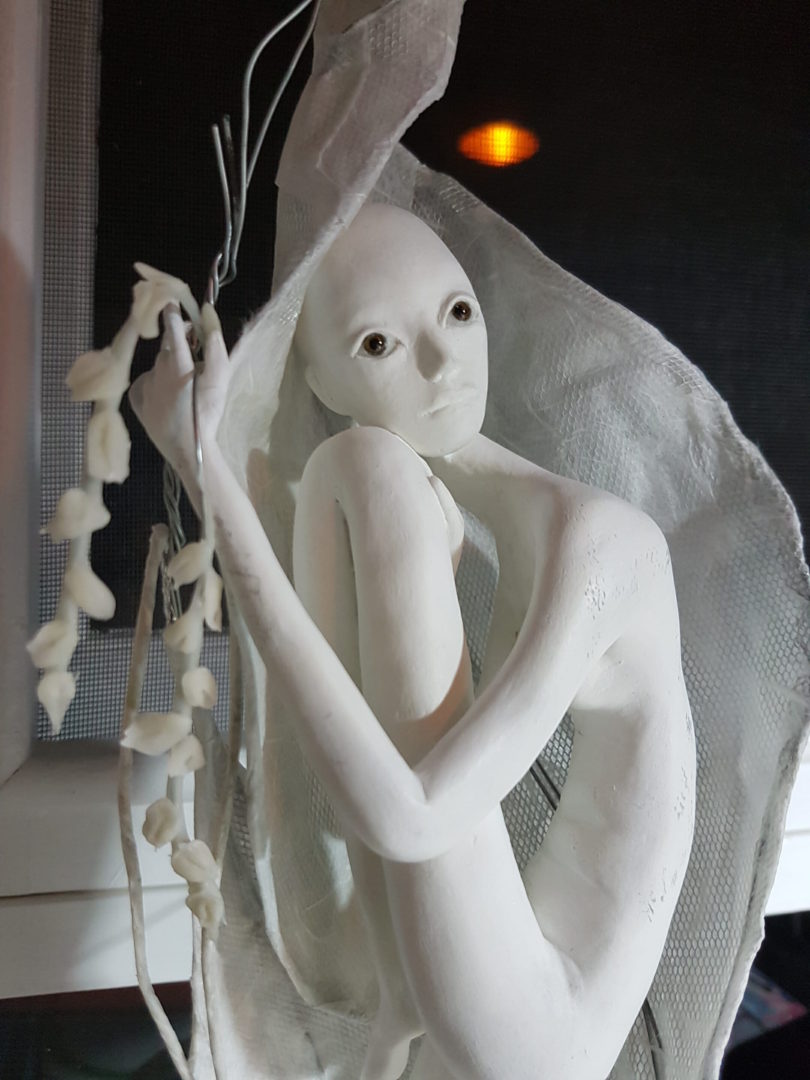
2. Gathering Reference Images:
- Find clear, high-quality photos or drawings of your subject.
- If you’re sculpting a real-life object, take your own pictures from different angles.

3. Basic Shapes and Construction:
- Start with simple geometric shapes: Think of your subject as a combination of spheres, cubes, cylinders, cones, etc.
- Use light lines to sketch these basic shapes on your paper. This is like building a framework for your sculpture.
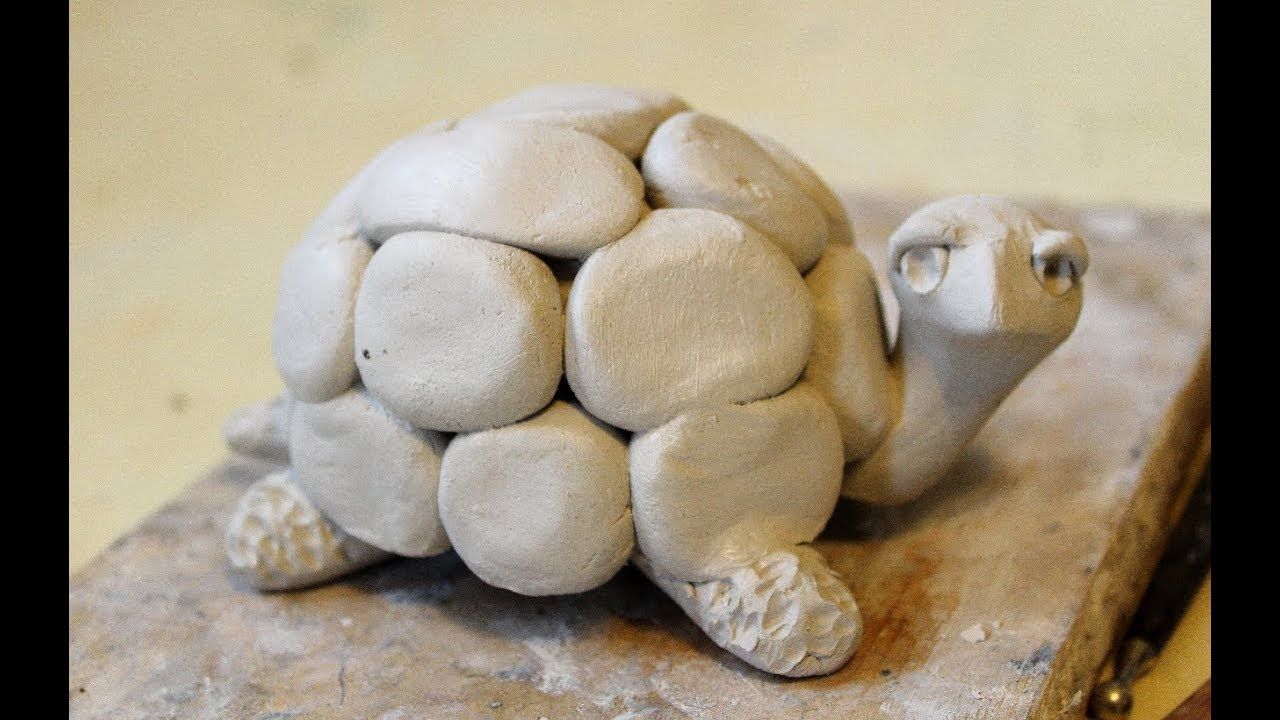
4. Refining the Form:
- Gradually add details to your sketch, focusing on the contours and curves of your subject.
- Use light strokes and shading to indicate the direction of light and shadow.
5. Adding Texture and Detail:
- Observe the texture of your subject. Is it smooth, rough, bumpy?
- Use hatching, cross-hatching, or stippling to create different textures in your drawing.
6. Practice, Practice, Practice:
- The more you draw, the better you’ll become at seeing and understanding form.
- Don’t be afraid to experiment with different techniques and styles.
Here are some drawing tools that will be your best friends:
- Pencils: A variety of pencils (H for light lines, B for darker lines) will give you control over your shading.
- Erasers: A kneaded eraser is great for blending and removing light lines.
- Drawing Paper: Use smooth drawing paper for a clean surface.
- Sketchbook: Keep a sketchbook handy to jot down ideas and practice your drawing skills.
Now, let’s address some common questions about drawing for clay sculpture:
FAQs:
1. How do I draw a realistic portrait for my clay sculpture?
- Break down the face into basic shapes: Circles for the head, ovals for the eyes, triangles for the nose, etc.
- Use light lines to sketch these shapes, then gradually add details.
- Pay attention to the placement of features, the proportions of the face, and the expression you want to capture.
2. How do I draw a complex animal for my clay sculpture?
- Start with a simple outline of the animal’s body.
- Divide the body into sections using basic shapes.
- Gradually add details like fur, feathers, scales, or claws.
- Study reference images to understand the animal’s anatomy and movement.
3. How do I draw a still life for my clay sculpture?
- Choose objects with interesting shapes and textures.
- Arrange them in a visually appealing way.
- Pay attention to the way light falls on the objects, creating shadows and highlights.
4. How do I use drawing to plan my clay sculpture’s pose?
- Draw your sculpture from different angles to understand its form and how it will look in space.
- Experiment with different poses and compositions to find the most visually appealing one.
5. How can I improve my drawing skills for sculpting?
- Practice regularly.
- Study the work of other artists.
- Take drawing classes or workshops.
- Don’t be afraid to experiment and make mistakes.
Remember, drawing is a journey, not a destination. Have fun exploring your creativity, and don’t be afraid to make mistakes! The more you draw, the more confident you’ll become in your sculpting abilities. Now, tell me, what’s the first sculpture you want to create?
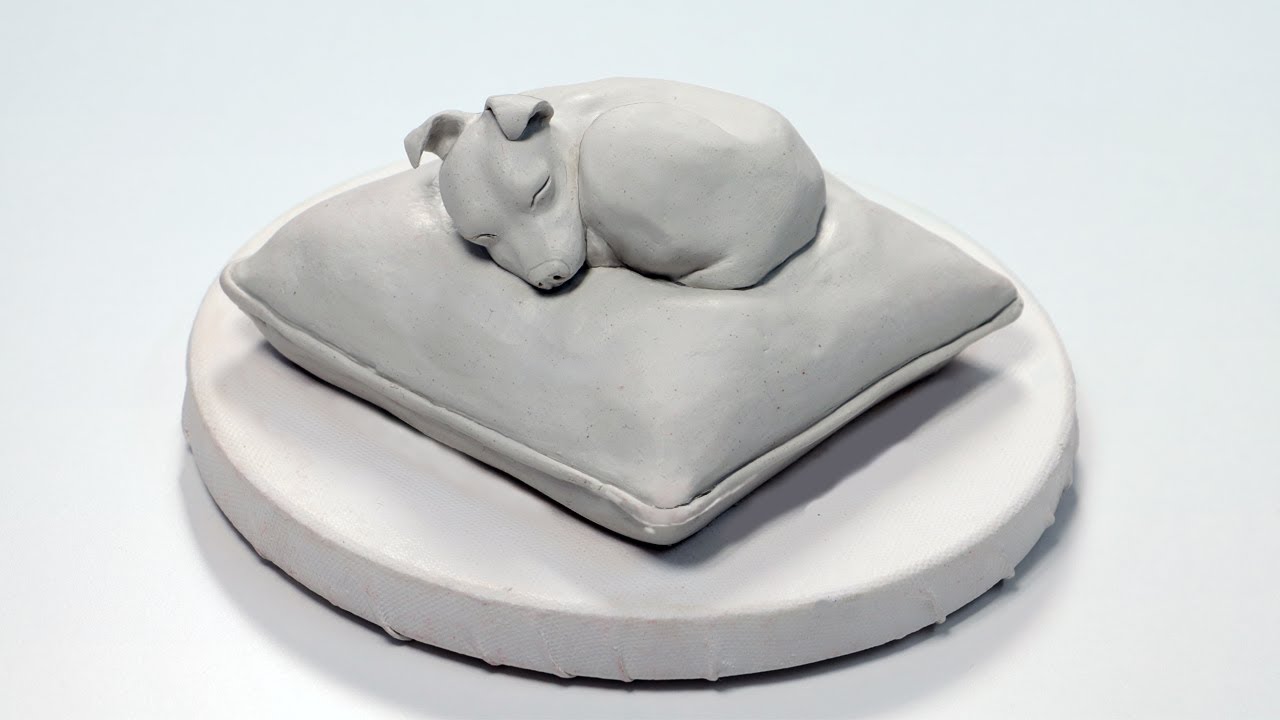
Thus, we hope this article has provided valuable insights into Downloads air dry clay sculpture. We appreciate your attention to our article. See you in our next article!
 apapunada.my.id News Bisnis Technology Tutorial
apapunada.my.id News Bisnis Technology Tutorial